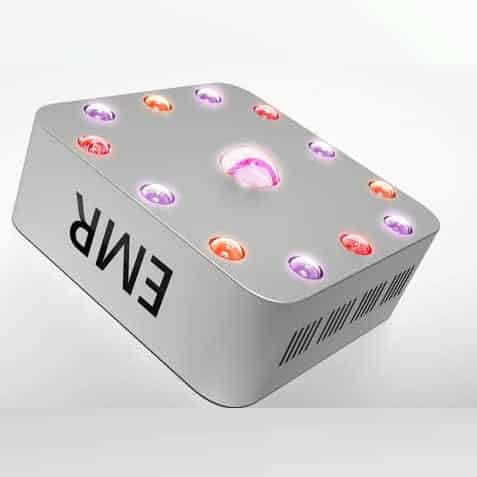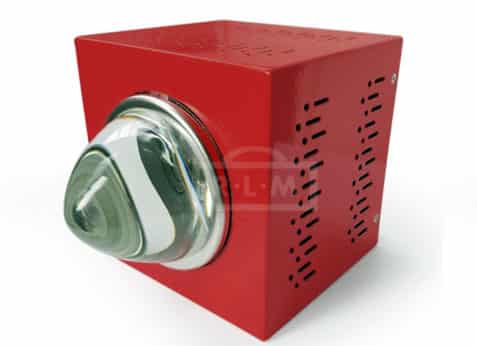
In this article we look at some of the anecotal and scientific evidence on whether or not red light and low level light therapies really work for wellness.
How Red Light Therapy Works
It might be helpful to go over some basics about how light affects the human body in order to gain an understanding of what exactly red light therapy is and how it works.
Sunlight
For that we need to acknowledge the role of sunlight. Sunlight is the main source of natural light that affects biological functions in our bodies such as the circadian rhythm, metabolism, our immune system and even our moods.
We’ve always known that sunlight makes us feel better and helps us heal, but we’ve since learned through science exactly why that is and why too much of it can have an adverse effect. Much has been made of too much exposure to ultraviolet rays causes sunburns and an increased risk of skin cancer, although there seems to be an ongoing discussion about that.
All of the colors in the spectrum (i.e. red, orange, yellow, green, blue, indigo, and violet) mixed together causes us to experience sunshine as one shining white light. These colors have different wavelengths and are measured in nanometers.
Scientists have learned about the many health benefits of specific wavelengths. Green, blue, yellow, and red wavelengths have all been used successfully to treat specific conditions, with red and near-infrared wavelengths having the broadest range of therapeutic benefits.
Why Is Red Light The Most Popular Wavelength?
Of all the colors, red light and near infrared light penetrates most deeply into the skin and thus has the most profound healing effects.
Red light in general is an effective wavelength for treating conditions on the outer layers of the skin, which include hair growth, skin irritations, wrinkles, fine lines, swelling of the skin and other surface wounds.
Near-infrared light, on the other hand, penetrates more deeply which allow for healing deeper into the tissues. Some of the benefits of this deeper healing include reduced inflammation, thyroid health, better fat metabolism, lymphatic system and accelerated muscle repair.
What are the Side Effects of Red Light Therapy?
Unlike some of the ultraviolet rays, red and near infrared are not harmful and in fact beneficial for a wide range of health concerns. This is due in large part to the fact that these wavelengths support mitochondria, something every one of the cells in our bodies have.
By improving mitochondrial function, it has a “rising tide raises all ships” effect.
I’ve read stories of how people exposed themselves to a lot of red light and it caused some sensitivity or slight swelling on their skin.
The studies people send us that focused exclusively on the visible light spectrum, no side effects were observed during the clinical trials, nor were any reported afterward.
The general consensus seems to be that there is minimal to no risk of side effects when using light therapy.
Always check with your doctor or health care professional before starting any therapy or making changes in your routine so they can help you find a regimen that will be ideal for you.











